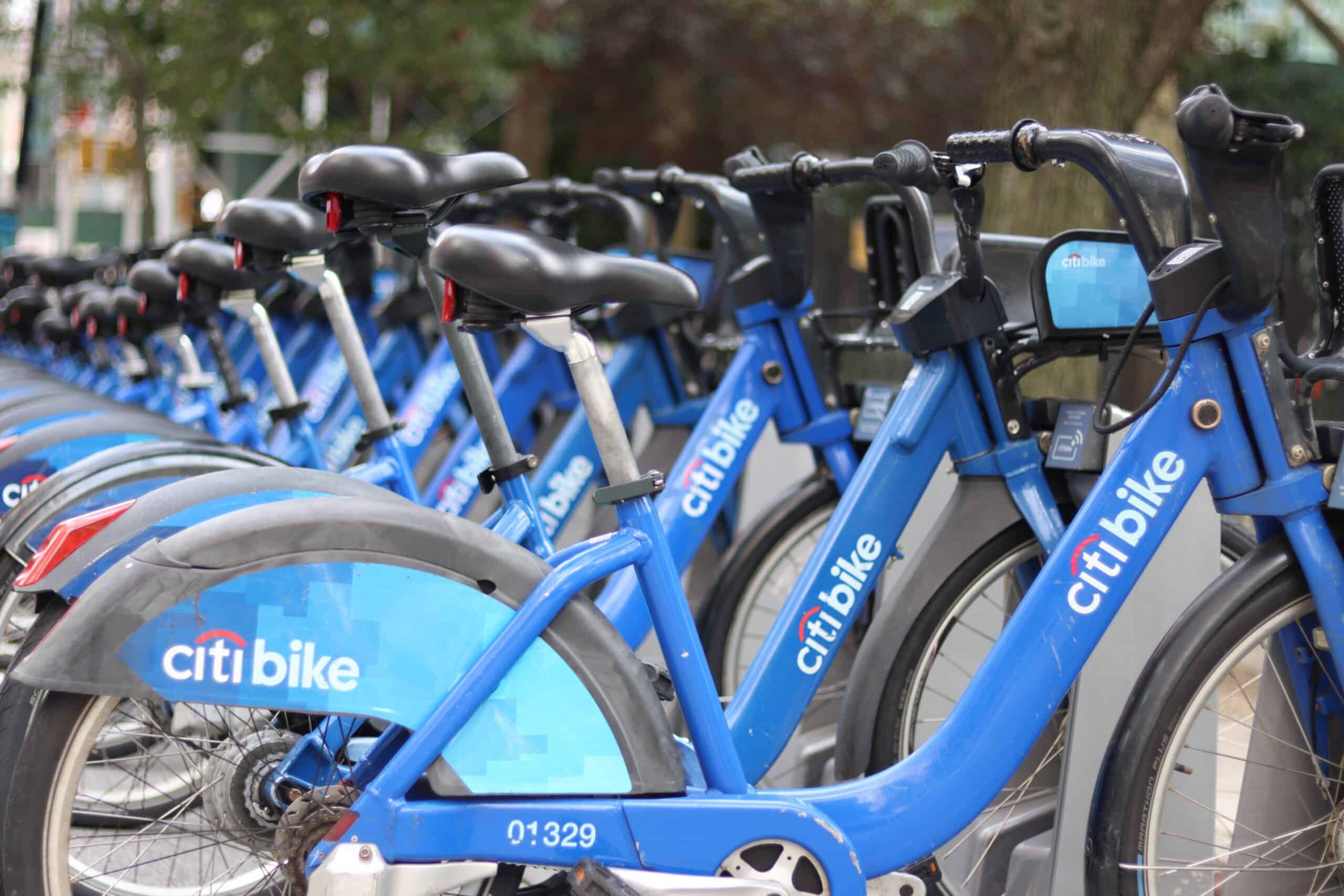A special purpose acquisition company (SPAC) is a company that has no actual business operations but goes through an initial public offering (IPO) to raise capital. The SPAC then purchases or merges with a private company. Because the SPAC is a public company (listed on a public stock exchange), the private company it acquires becomes public through the purchase.
While that may sound confusing, we’ve got you covered. In this guide, we’ll go over:
How Does a SPAC Work?
A SPAC is a shell company or a company that exists primarily on paper without any offices or employees. Because of this, SPACs rely on their founders as the selling point: Founders who have a good investing history and experience in mergers and acquisitions (M&A) help attract investors.
Oftentimes, a SPAC is created before a “target company” has been determined. The target company is the business the SPAC intends to buy. SPACs are often referred to as “blank check companies” because investors give money to the SPAC before an acquisition has begun.
Find your career fit
Discover if this is the right career path for you with a free Forage job simulation.
The SPAC Lifecycle
There are three main phases a SPAC goes through: formation, research, and merger.
Formation
A special purpose acquisition company is founded by a management team using capital from the founders. The shell company then goes through an initial public offering (IPO) process, where a majority of the SPAC’s shares, usually around 80%, are bought by public investors and the remaining shares are kept by the founders. SPACs are often founded by a private equity company or by experienced individuals, such as former executives of large corporations.
During the IPO, the SPAC stocks are typically priced at $10 per unit. The unit often includes both shares of the company and warrants. Warrants are contracts that allow the investor to purchase more shares in the future at a set price.
SPACs are subject to U.S. Securities and Exchange Commission (SEC) regulations and review throughout the process.
Research
When a special purpose acquisition company is created, it has typically 18 to 24 months to find a target company and complete the merger. This timeframe may vary depending on the industry and the company, and the management team of the SPAC may elect to extend the time period. However, if the SPAC can’t find and purchase a target company, it is liquidated and all investors get their money back.
Because of this deadline, SPACs must work quickly to find the right company and go through the due diligence process before buying. Doing due diligence involves reviewing the target company’s financial statements and corporate structure.
If everything checks out, the SPAC and the target company can negotiate the terms of the merger. This includes figuring out the company’s governing structure after the transaction is complete. If the SPAC needs more funding at this point, it may seek debt financing, such as loans, or offer more common stocks to the public.
Once the agreement is made, the SPAC must announce it to the SEC.
Merger
When a special purpose acquisition company buys or merges with a private company, the transition is called a de-SPAC. The de-SPAC process involves heavy oversight from the SEC and can include multiple rounds of back and forth between the SEC review team and the SPAC management team.
The shareholders also must vote to approve the merger. Public shareholders have the option to cash out their shares before the merger is complete, though, if they do not want to be invested in the target company.
A SPAC may go through several rounds of sourcing and negotiating a deal before closing a merger.

Bank of America Investment Banking
Explore the process of mergers and acquisitions with Bank of America's free job simulation.
Avg. Time: 5 hours
Skills you’ll build: SWOT analysis, financial analysis, M&A screening, ECM, DCM, DCF, valuation, communication, presentation.
SPACs vs. Traditional IPO
In a traditional initial public offering (IPO), a private company uses an underwriter to go public by issuing shares on a public exchange, such as the New York Stock Exchange. Private companies can skip over this step by being purchased by or merged with a SPAC.
Some key differences between an IPO and a SPAC for a company looking to go public include:
- A SPAC is faster: The merger with a SPAC takes three to six months, on average, while an IPO typically takes 12 to 18 months.
- SPAC pricing is better: With an IPO, pricing depends on market conditions, but target companies can negotiate the pricing when going public through a SPAC.
- An IPO gives more time to prepare: Because of the short timeframe with a SPAC, the target company has less time to prepare the financial statements required for an SEC filing.
- A SPAC does not have an underwriter: The traditional IPO route includes the comfort of having an underwriter who handles all the regulatory requirements. (Learn more about underwriting.) SPACs do not have this safety net, though.
Why Do SPACs Matter?
Special purpose acquisition companies are becoming a key aspect of the investing world. As of September 2022, there are 681 active SPACs, according to SPAC Research. SPACs create new opportunities and change the investing landscape.
For companies and people working in the investment sphere, such as private equity firms, venture capitalists, and investment bankers, understanding what SPACs are and how they work is an important skill. For financial advisers, the companies that SPACs take public can be exciting investment options for clients. Additionally, as SPACs become a more common aspect of the finance world, having the skills it takes to run one are invaluable.
Creating a successful SPAC, from founding to merger, includes using skills such as:
- Negotiation
- Financial modeling
- Understanding of industry regulations
- Creating pitch books
- Analytical skills
Considering a career in finance? Check out Forage’s finance virtual experience programs.
Image credit: pressmaster / Depositphotos.com

